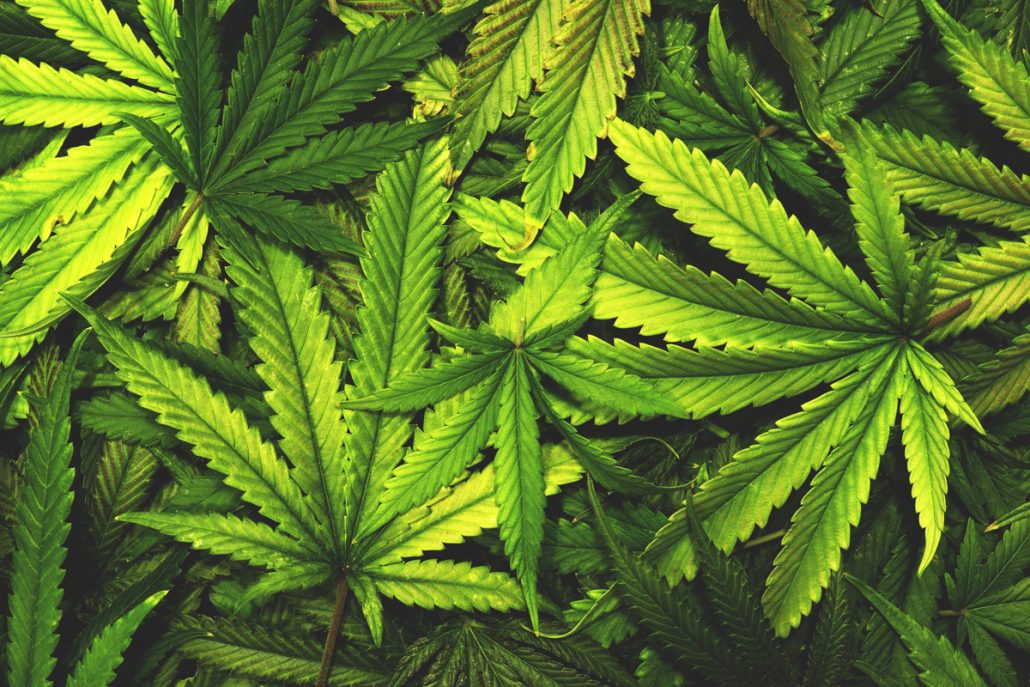One month before the Replenishment Conference to be hosted in Lyon, France, good news came from the US. Their Senate plans increasing the contribution of this single largest donor of the Global Fund by 15.6%! This is the first increase in six years and the third largest increase since the Global Fund was founded. The Senate included language affirming it anticipates funding at this level through the Global Fund’s 6th Replenishment cycle.
Excerpts from the media release of the Friends of the Global Fight Against AIDS, Tuberculosis and Malaria
Today the Senate Appropriations Committee posted the State, Foreign Operations, and Related Programs fiscal year 2020 funding bill, increasing funding for the Global Fund to Fight AIDS, Tuberculosis and Malaria (Global Fund) to $1.56 billion in fiscal year 2020, a 15.6 percent increase from the previous year. The bill is expected to be considered by the full Senate.
 The report accompanying the appropriations bill also specified that the Senate Committee anticipates maintaining this appropriation level in fiscal years 2021 and 2022, coinciding with the Global Fund’s Sixth Replenishment cycle:
The report accompanying the appropriations bill also specified that the Senate Committee anticipates maintaining this appropriation level in fiscal years 2021 and 2022, coinciding with the Global Fund’s Sixth Replenishment cycle:
“The Committee recommends $1,560,000,000 for a U.S. contribution to the Global Fund. In advance of the Global Fund Replenishment Conference in 2019, the Committee anticipates that the United States will pledge not less than this amount for each of the three fiscal years pertaining to the Global Fund’s Sixth Replenishment. The Committee does not support the administration’s proposal to amend the longstanding matching rates for U.S. contributions to the Global Fund and expects the United States to continue to match other donor contributions at a rate of $1 for every $2 received from other donors.”
A $1.56 billion annual appropriation would translate to a $4.68 billion U.S. contribution over the three-year Replenishment cycle, helping the Global Fund meet its goal of at least $14 billion.
Congress has firmly rejected the President’s proposed cuts and affirmed America’s support for the Global Fund and dedication to ending the world’s deadliest infectious diseases.
Over the summer, several countries announced their pledges for the next three years – Germany, Switzerland, Canada, the European Union, Italy, Japan, UK, South Korea, even India. All will increase their contributions. The European countries (and the EU together with the individual countries are the largest contributor to the Global Fund!) in average increase by 15%.




 To read the memo,
To read the memo, 
 The report accompanying the appropriations bill also specified that the Senate Committee anticipates maintaining this appropriation level in fiscal years 2021 and 2022, coinciding with the Global Fund’s Sixth Replenishment cycle:
The report accompanying the appropriations bill also specified that the Senate Committee anticipates maintaining this appropriation level in fiscal years 2021 and 2022, coinciding with the Global Fund’s Sixth Replenishment cycle:


